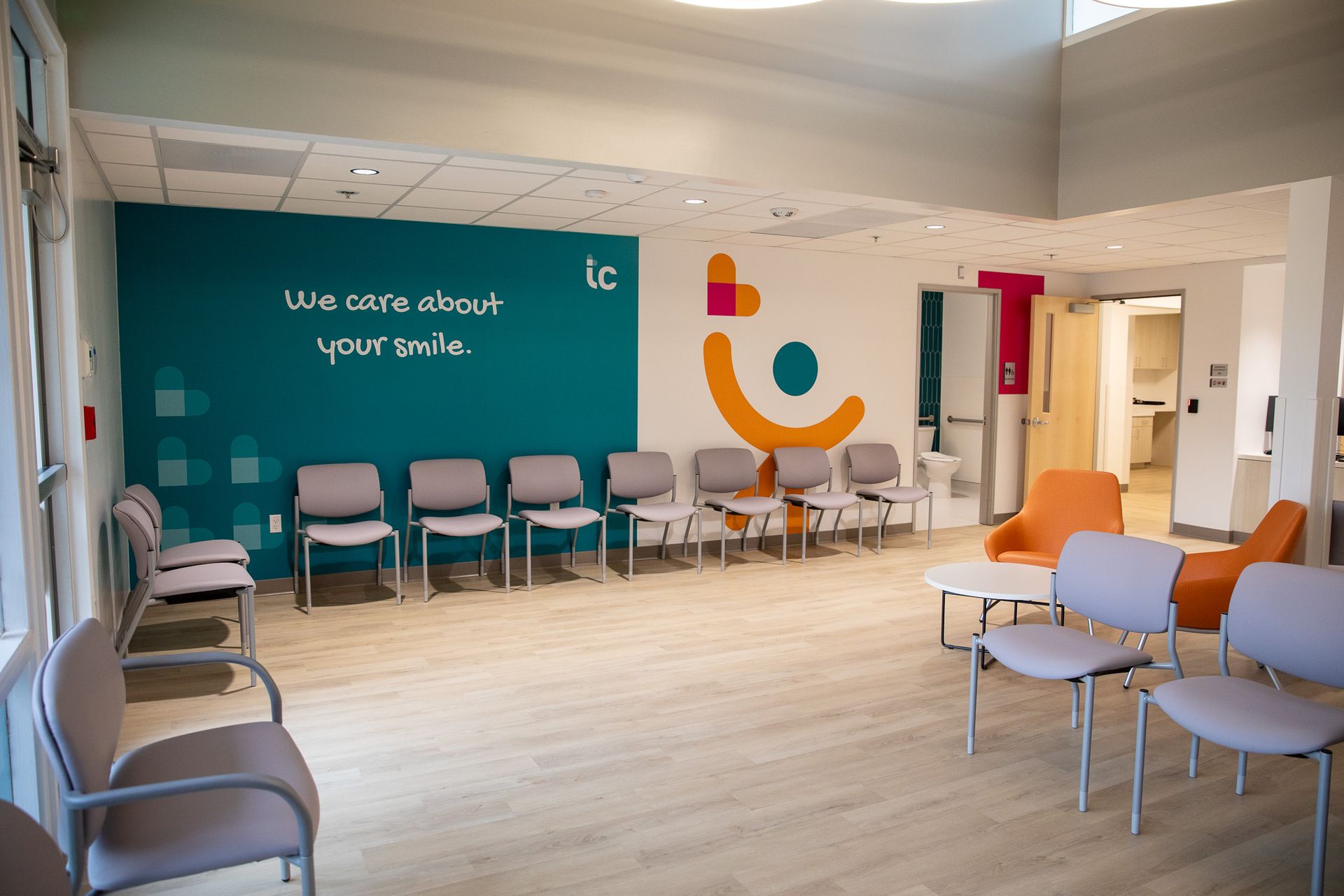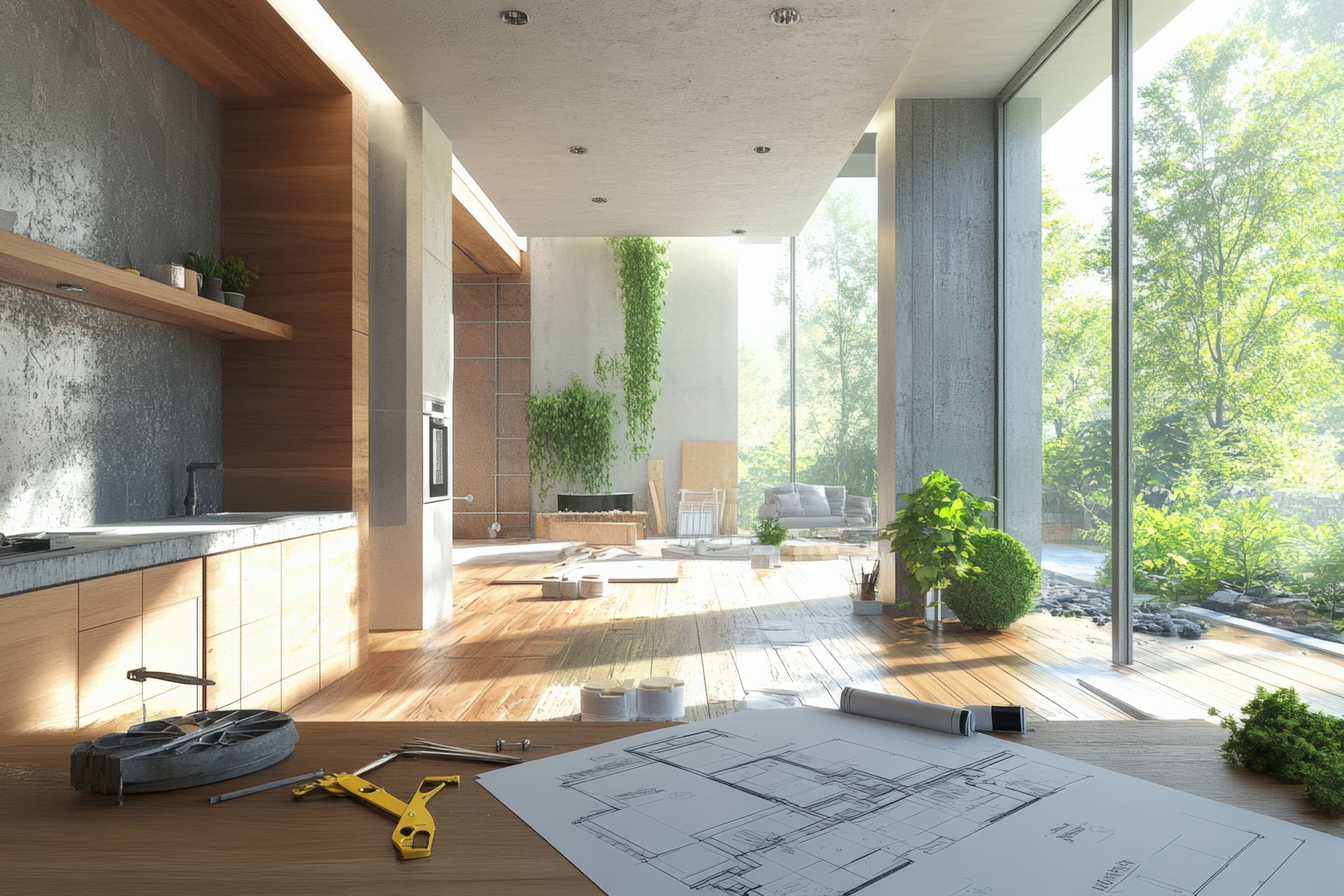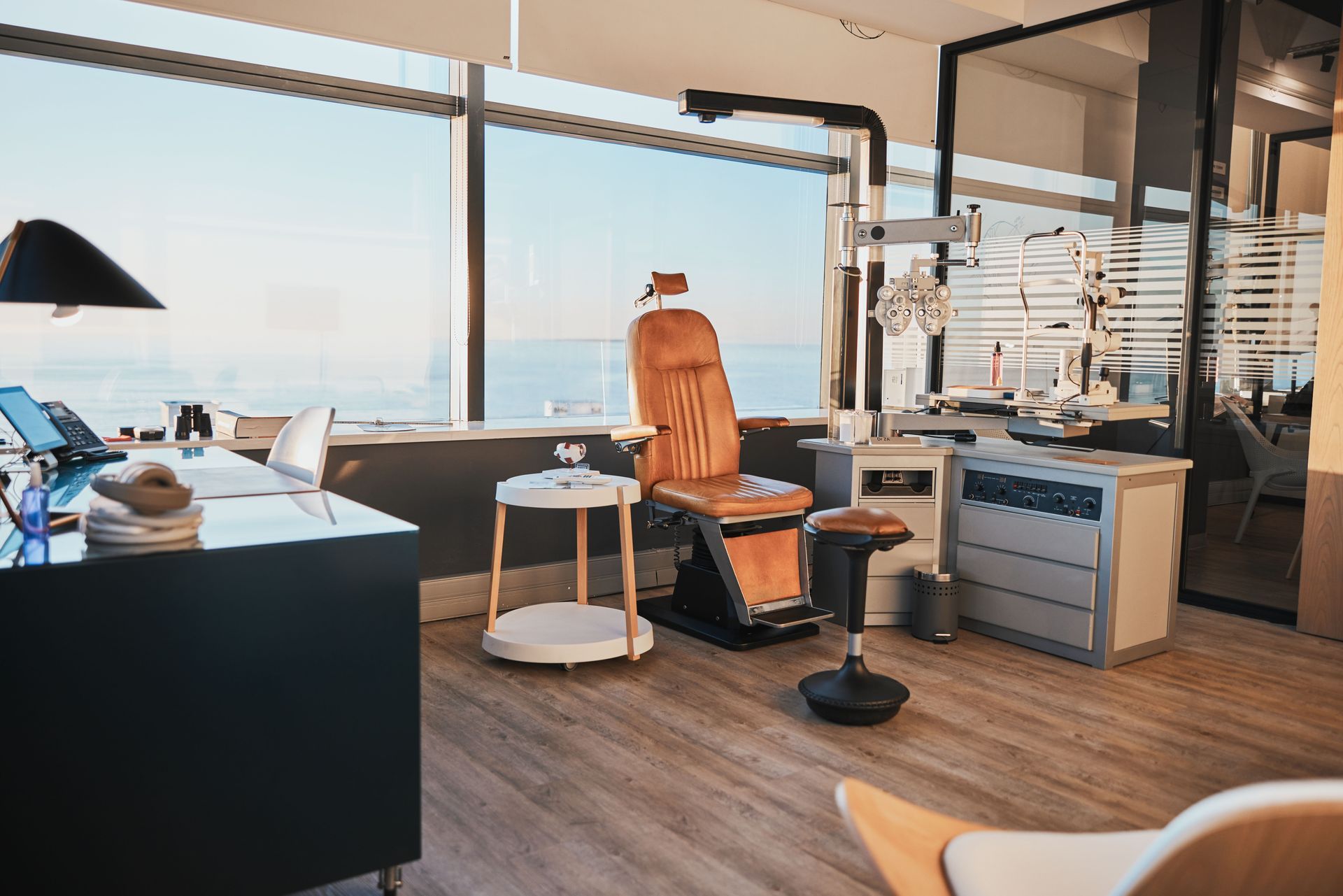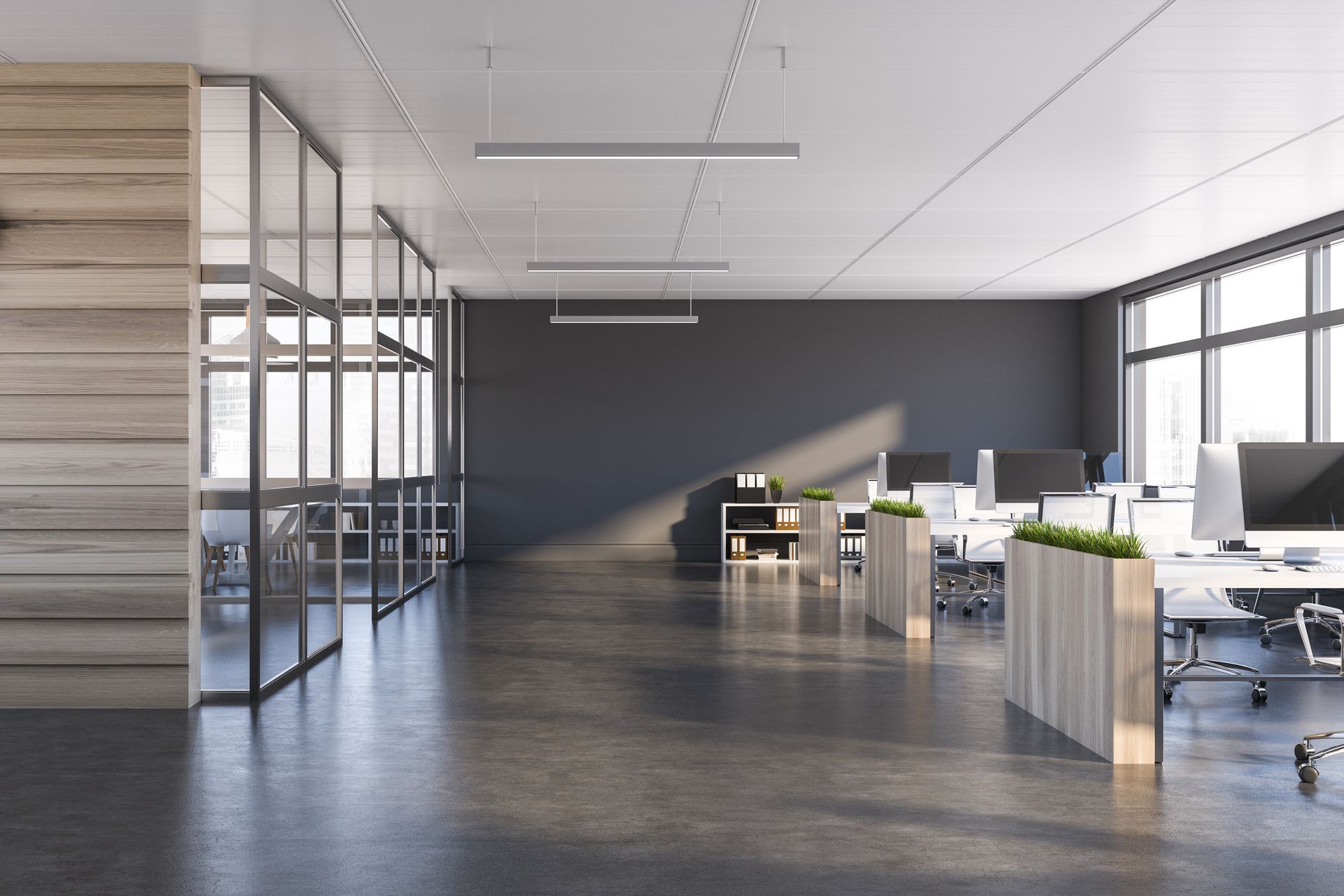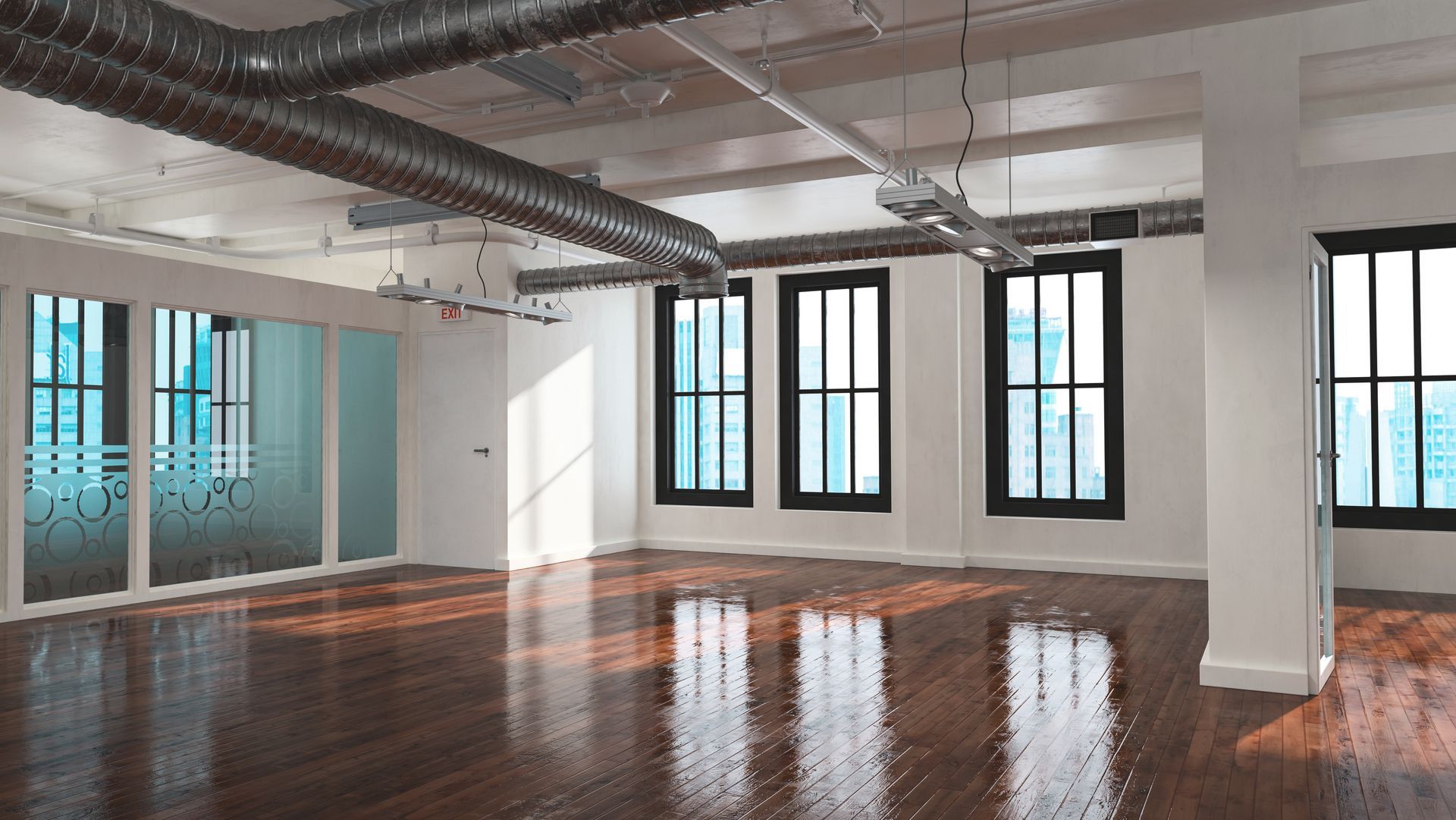The Benefits of Tenant Improvements for Commercial Property Owners
Unlocking the Value of Tenant Improvements in Commercial Real Estate
Commercial property owners constantly seek ways to attract and retain high-quality tenants. One effective strategy is offering tenant improvements, known as TI allowances or build-outs. Tenant improvements are the customized alterations or renovations made to commercial spaces to meet the specific needs of tenants.
Attracting High-Quality Tenants
One of the most significant advantages of offering tenant improvements is attracting high-quality tenants. Businesses, especially in competitive markets, seek spaces tailored to their unique requirements. By providing the option for tenant improvements, you make your property more appealing to potential tenants who may be willing to pay higher rents for a space that perfectly fits their needs.
Competitive Edge in the Market
In a competitive commercial real estate market, standing out is crucial. Offering tenant improvements gives your property a competitive edge by showcasing flexibility and a willingness to accommodate tenant preferences. This can help your property command higher rental rates and occupancy rates compared to spaces without such flexibility.
Maximizing Rental Income
Tenant improvements can lead to increased rental income. While property owners may invest in initial renovations, they can often recoup these costs through higher rent charges or lease terms that account for the improvements made. Over time, this can lead to a more lucrative investment.
Long-Term Tenant Retention
Happy tenants are more likely to renew their leases and remain in a property for an extended period. Tenant improvements can help foster tenant satisfaction by allowing them to create a workspace that aligns with their business needs and culture. This can result in longer lease terms and lower turnover rates, saving property owners time and money in finding new tenants.
Enhanced Property Value
Tenant improvements can also increase the overall value of your commercial property. Well-maintained and customized spaces are more attractive to potential buyers and investors. Your property may appreciate more over time, providing you with a more substantial return on investment when you decide to sell.
Improved Tenant-Landlord Relationships
Tenant improvements can build positive relationships between landlords and tenants. When landlords are willing to invest in customizing spaces, tenants feel valued and respected. A harmonious landlord-tenant relationship can lead to smoother lease negotiations and better communication, reducing potential disputes and conflicts.
Meeting Building Code Requirements
Tenant improvements often involve upgrades and renovations that may be necessary to meet current building code requirements. Staying compliant with these codes enhances safety and ensures that your property remains attractive to tenants and avoids potential legal issues.
Tax Benefits
Depending on your local tax laws, tenant improvements may offer tax advantages for commercial property owners. Expenses related to tenant improvements can often be deducted from your taxable income, reducing your overall tax liability.
Conclusion
Tenant improvements are a win-win for both commercial property owners and tenants. Property owners can attract and retain high-quality tenants, command higher rental rates, and increase the overall value of their investments. Tenants, on the other hand, benefit from spaces that meet their specific needs and preferences. Ultimately, the flexibility and customization offered by tenant improvements can lead to improved financial returns and stronger tenant-landlord relationships in commercial real estate.
You might also like
